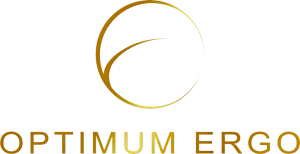I have worked as a physical therapist for over 25 years. I have treated many injuries that could have been prevented. I decided I would like to help people avoid pain and injury vs treating them after the fact. I studied ergonomics in 2005 to enhance my knowledge and ability to help others. Little did I know that people and companies rather pay more money treating someone after injury vs. paying less money to prevent injuries in the first place.
Being proactive for the sake of good health is the right thing to do. Many health insurances companies have realized that prevention saves them money. They now cover wellness, eating healthy, exercise programs and more. Some companies have also jumped on board with these same offerings realizing that the healthier a worker is, the less likely they will be injured and the more productive they will work.
Ergonomics is the first step to injury prevention in the workplace. Without proper ergonomics, awkward postures will be promoted leading to musculoskeletal disorders (MSDs). But most worker’s compensation insurance companies only implement ergonomics after there is a worker’s compensation claim.
The same is true with many organizations. They wait until the ergonomics has caused a problem to address the issue. This mindset is not only bad for employee health but also employee morale, productivity, and retention are affected. For an organization, poor ergonomics is bad for the bottom line too. The costs of an employee injury far outweigh the costs of prevention.
Organizations are not alone in their lack of implementing ergonomics and injury prevention programs. Many independent contractors and self-employed business owners also avoid being proactive. They work with poor ergonomics, poor daily habits and then wonder why they are in pain and paying for many medical appointments. Anyone in discomfort cannot work productively due to the physical and mental stress of being in discomfort.
Newly remote workers are at an even higher risk of musculoskeletal disorders (MSDs) due to being thrown into a remote situation without proper ergonomics, equipment and guidance. Start being proactive. Getting an ergonomics assessment is the first step in injury prevention. Understanding self-care in the workday is the next step. Optimum Ergo is here to help all companies including remote companies improve worker health through proactive ergonomics and wellness.


